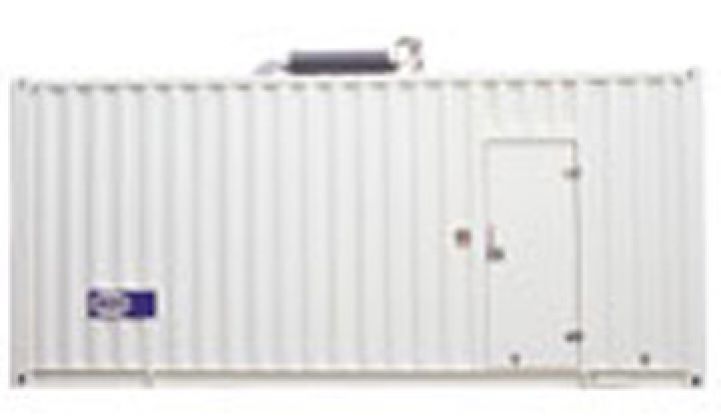The Electric Power Research Institute is issuing an RFI to prepare for multiple demonstrations and the market introduction of 1 megawatt / 2 megawatt-hour lithium-ion battery energy storage systems (ESS) for electric utility grid management solutions. A utility team has been assembled for this project and all manufacturers of Li-ion systems and energy storage system integrators are eligible to respond.
***
"Utility energy storage is here today," according to Dan Vogler, the CTO of battery vendor Ionex. He spoke at the recent IQPC storage event in San Francisco, California.
As long as he was making bold pronouncements, he also declared that "community energy storage (CES) is two years away" and "renewable energy storage is going to be big in about four years."
Vogler believes that his firm's large-format prismatic batteries based on lithium iron phosphate (LiFePo4) are the solution.
The Ionex Energy Storage System is a 1-megawatt-hour unit capable of producing 1 megawatt or 2 megawatts of continuous AC power from a 40-foot shipping container weighing 35,000 kilograms. The container can be mounted on a concrete pad or on a wheeled trailer.
This portable 1 megawatt-hour product is the type of solution envisioned by EPRI's Dan Rastler and his storage group as a potential standard configuration for the nascent electrochemical, utility-grade energy storage market. AES Energy Storage has an 8-megawatt battery storage system-for-hire that will expand to 20 megawatts, but it's not portable.
Vogler called out A123 Systems as his competitor in this market, but claimed that A123 had to use 40,000 cylindrical batteries with 80,000 connections versus Ionex's 1,980 batteries in order to produce a 1-megawatt unit. Vogler also said that "Li-ion can now compete with lead acid."
Vogler sees the battery as the glue in a hybrid energy systems -- with the battery as the "energy router" that ties together wind, CAES, solar, natural gas, and the grid. He envisioned the Ionex battery as the energy-storage-glue in a hybrid wind and solar power park. Vogler spoke of the battery and its inverter obviating the need for the solar or wind component to have its own inverter system. Solar and wind would go right to the battery as DC with no inverter needed, according to the CTO.
Some select product specs:
- Round trip AC-to-AC efficiency: 87 percent (measured as AC in to DC, battery store, DC out to AC)
- 10-year battery design life and 20-year power and balance-of-system design life
- Charge-discharge temperature range: -10 degrees C to 55 degrees C
- Charge cycles: greater than 4,000 to 5,000 times at 70 percent design DOD
We've covered the various technologies being brought to bear to solve energy storage problems here. We've covered the energy storage business case here and policy issues here. Recent energy storage articles include updates on Xtreme Power here and here, Sunverge, and liquid metal batteries. Rubenius' enormous storage project is covered here. International Battery, meanwhile, makes large format lithiums, too.
However, even if the Ionex battery satisfies the reliability and performance requirements that utilities need, there is still the issue of getting to the right price and fitting into the the ISO system and FERC regulations.
The mantra at most energy storage gatherings is "generating income from multiple revenue streams."
Energy storage remains too spendy for single-function grid applications. But if you stack the benefits, you might see an economic case begin to emerge.
According to Rastler, "When we speak of cost, we speak of the all-in cost to install a step-up transformer -- whatever it takes to get it to utility use," adding, "We think two-hour systems will be about $1,200 per kilowatt." But he stressed that "we really need to see a fully installed system under $300 to $400 per kilowatt-hour."
We'll have a panel exploring this very topic at our upcoming Networked Grid event.



